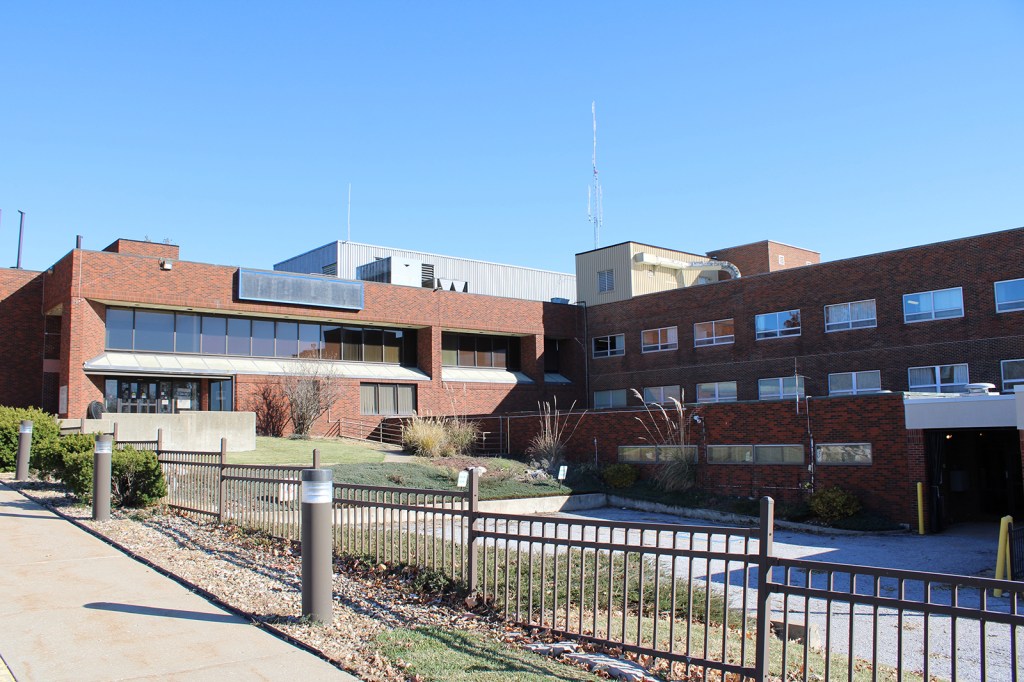KEOKUK, Iowa — Folks in this Mississippi River town hope a new federal program can revive the optimism engraved long ago in a plaque on the side of their hospital.
“Dedicated to the Future of Health Care in the Tri-State Area,” the sign declares. “May 11, 1981.”
More recent placards posted at the facility’s entryways are ominous, however. “Closed,” they say. “No Trespassing.”
The Keokuk hospital, which served rural areas of Iowa, Illinois, and Missouri, closed in October 2022. But new owners plan to reopen the hospital with the help of a new federal payment system. The Rural Emergency Hospital program guarantees hospitals extra cash if they provide emergency and outpatient services but end inpatient care.
“We’ve been without a hospital for over a year — and I don’t think anybody in Keokuk or the surrounding areas will be picky in any way, shape, or form,” said Kathie Mahoney, mayor of the town of about 9,800 people. She said residents would prefer to have a full-service hospital with inpatient beds, even though those types of beds had been used sparingly in recent years.
The revival of the Keokuk hospital would mark a small victory in the nationwide struggle to save rural hospitals, which continue to close due to staffing shortages, low reimbursement rates, and declining patient numbers. The new federal program, which went into effect in January 2023, is meant to stem the closures. But there have been growing pains, said George Pink, deputy director of the North Carolina Rural Health Research Program, which tracks hospital closures and conversions.
Just 18 of the more than 1,700 eligible rural hospitals nationwide have applied for and won the new designation. Many hospitals are reluctant to give up inpatient services entirely, and some are concerned about how other payment streams could be affected, rural health leaders say. The new designation’s unclear definition of…
Read the full article here







